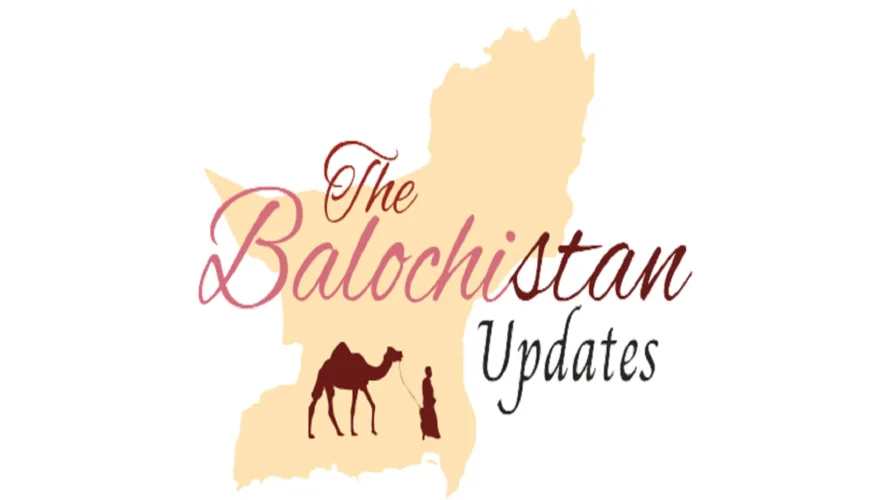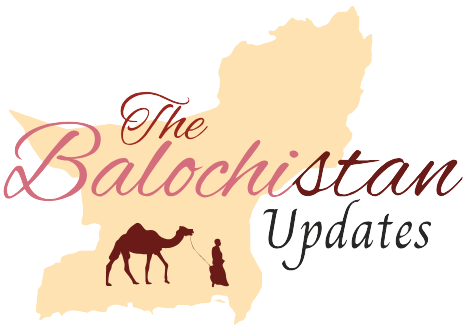
1. Economic Diversification: A cornerstone of a thriving economy is diversification. Overreliance on a single sector, such as sugar production, leaves the economy susceptible to shocks and crises. We must encourage and support the development of various industries, services, and agriculture to create a robust and resilient economy that can weather fluctuations in international commodity prices.
2. Investment in Education: The foundation of economic stability lies in a well-educated and skilled workforce. Investing in education and vocational training is paramount. A knowledgeable and adaptable workforce will not only improve the quality of life but also attract domestic and foreign investment.
3. Infrastructure Development: Infrastructure forms the backbone of economic growth. Adequate transportation networks, energy supply, and digital connectivity are imperative for businesses to thrive and for citizens to access opportunities. By investing in infrastructure, we pave the way for more inclusive economic growth.
4. Regulatory Reforms: Streamlining regulations, reducing bureaucracy, and promoting ease of doing business are essential to foster a more attractive business environment. By removing unnecessary red tape, we can incentivize entrepreneurship and attract investments that create jobs and boost the economy.
5. Sustainable Agriculture: Given the significance of agriculture in Pakistan’s economy, it is vital to shift towards sustainable farming practices. Modernizing agriculture, ensuring water management, and promoting environmentally friendly techniques will increase yields and protect the environment.
6. Access to Credit: Small and medium-sized enterprises (SMEs) play a critical role in economic growth and job creation. Ensuring that SMEs have access to credit at reasonable rates can stimulate entrepreneurship and innovation, fostering economic stability and resilience.
7. Social Safety Nets: Economic reform should be accompanied by measures to protect vulnerable populations. Social safety nets, including targeted assistance and healthcare access, ensure that economic growth benefits everyone and leaves no one behind.
8. International Trade: Engaging in international trade can unlock new markets and opportunities for growth. Ensuring a favorable trade environment and reducing trade barriers can help Pakistani businesses expand globally.
9. Transparency and Accountability: Rooting out corruption and promoting transparency in all aspects of governance is essential for a healthy economy. It builds trust, attracts investments, and ensures that public resources are utilized effectively.
10. Collaboration and Stakeholder Engagement: The path to economic reform is a collective effort. It necessitates collaboration among government bodies, private sector stakeholders, civil society, and the citizens themselves. A shared vision and concerted action can bring about lasting change.
In conclusion, the “Sugar Price Crisis” is emblematic of the complex economic challenges faced by Pakistan, especially in regions like Balochistan. To alleviate the suffering of the people and set the nation on a path to prosperity, we must address the root causes of economic instability. This involves embracing a holistic approach that encompasses economic diversification, education, infrastructure, regulatory reforms, sustainable agriculture, access to credit, social safety nets, international trade, transparency, and stakeholder engagement.
By focusing on these elements and committing to comprehensive economic reform, we can uplift the lives of all Pakistanis and free them from the perpetual burden of escalating living costs. The “Sugar Price Crisis” may be the current concern, but with strategic planning and collective effort, we can build a more stable and prosperous future for Balochistan and the entire nation. Let us embark on this transformative journey to shape a better tomorrow. Read more regarding the current challenges of Balochistan.

